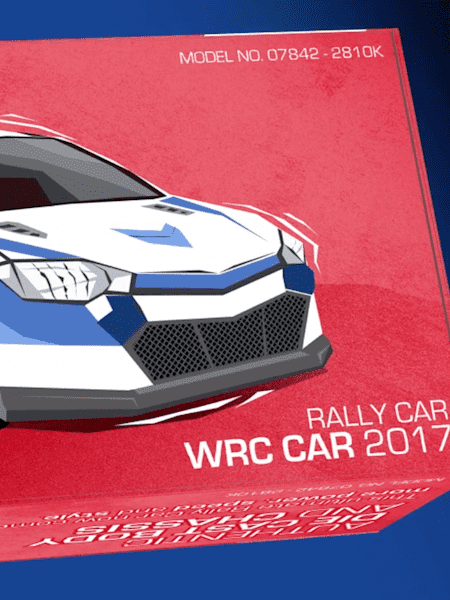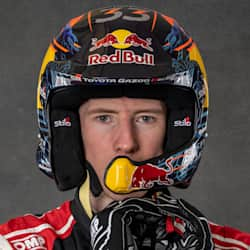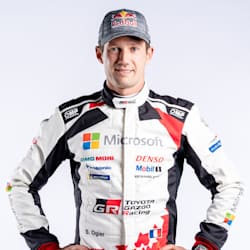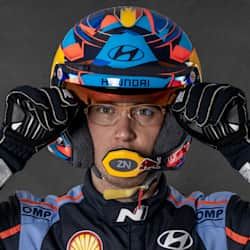Red Bull Motorsports

2 min
So what’s new about the 2017 WRC cars?
The 2017 cars won’t just look a lot quicker, but they will also go a lot quicker.
The 2017 World Rally Championship cars will have a back to the future feel – minus the DeLoreans – as the series' brand new regulations are designed to evoke the legendary Group B era from the 1980s: cars that look like they've been fed on a diet of steroids, requiring drivers with the bravery of matadors to tame them. And more spoilers than a bootleg film review.
The 2017 cars won't just look a lot quicker, but they'll also go a lot quicker. For a start, there's a new restrictor size of 36mm (up from 33mm this year), and more freedom in the engine rules, which should deliver an estimated 380bhp – 60 more than this year.
Not only is there more power, but also less weight: 25kg has been lopped off the minimum weight next year. The rear diffuser will now be allowed to protrude from the back of the car by up to 50mm, giving the 2017 WRC cars the look of a real GT car.
The engineers have also been given a lot more freedom for their cars to deviate from standard production bodywork generally, meaning that they can let their technical and aerodynamic fantasies run riot.
As a result, the cars are wider, with aerodynamic appendices sprouting from every imaginable surface. Some of them might not stay attached over a rough gravel stage, but hell, they look good, don't they?
While the cars are a lot quicker, a wider car is actually safer car, as it means that the crew can be moved closer to the centre of the car and away from any potential impacts. And the one thing that you can rely on in rallying is a proper crash from time to time.
So what with more power, less weight, bigger aerodynamics and the extra feeling of invincibility that a safer car inevitably brings, the speeds will be a lot faster. And by a lot, we mean night and day faster. Those who have driven a 2017 car say that compared to the current rules, it's a bit like trading up from a Group N car to a World Rally Car. Hold on tight; next year's WRC is going to be quite something.
Part of this story













